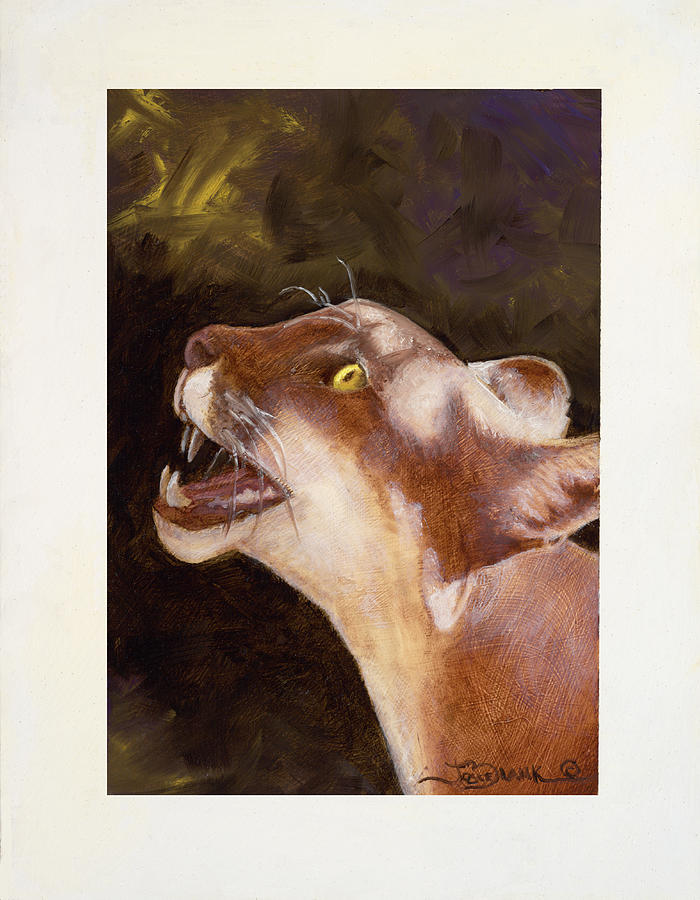

For Woolf, panpsychism manifests not as a metaphysical belief but rather an epistemological tool, a way to synthesize the vast array of seemingly distinct sense impressions one encounters in daily life – permitting, by way of “consciousness,” an understanding of the events’ underlying continuity. Chapter two takes a similar approach to Virginia Woolf, analyzing the fundamental role of panpsychism in her work, in particular Mrs Dalloway and To the Lighthouse.


The chapter shows how Lewis’s resistance to monistic theories of consciousness, and his embrace of an idiosyncratic form of vitalism, is foundational to his inter-war writings. Chapter one examines one such black box in the form of monism and its relationship to vitalism in the work of Wyndham Lewis and Henri Bergson. The notion of the black box thereby emerges as a key agnotological concept, as a mediator between an ontological presence and an epistemological absence. Drawing from Bruno Latour’s notion of a “black box,” the study shows how ignorance can be transposed into an ontological entity which can then be attributed positive traits and characteristics. Borrowing concepts from speculative realist philosophers like Quentin Meillassoux, Graham Harman, and Jane Bennett, as well as such thinkers as Gilles Deleuze, and Jacques Derrida, the dissertation endeavors to read modernism epistemologically, and treats ignorance as an active and creative force that often plays a key structuring role in the imaginative world of the text. Agnotologies of Modernism examines the productive role of ignorance in the work of several key modernist authors.


 0 kommentar(er)
0 kommentar(er)
